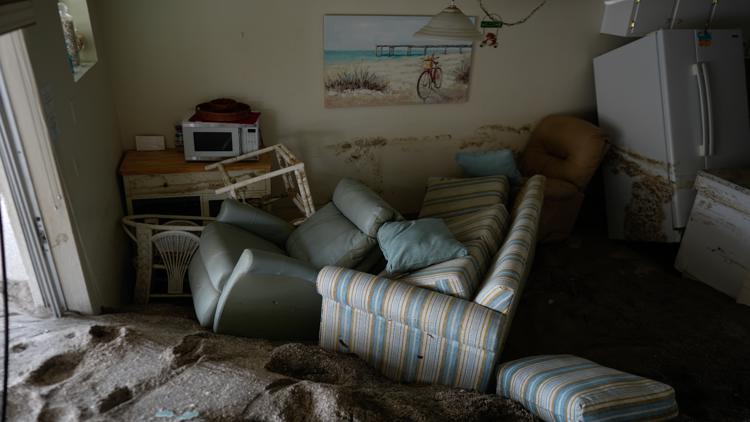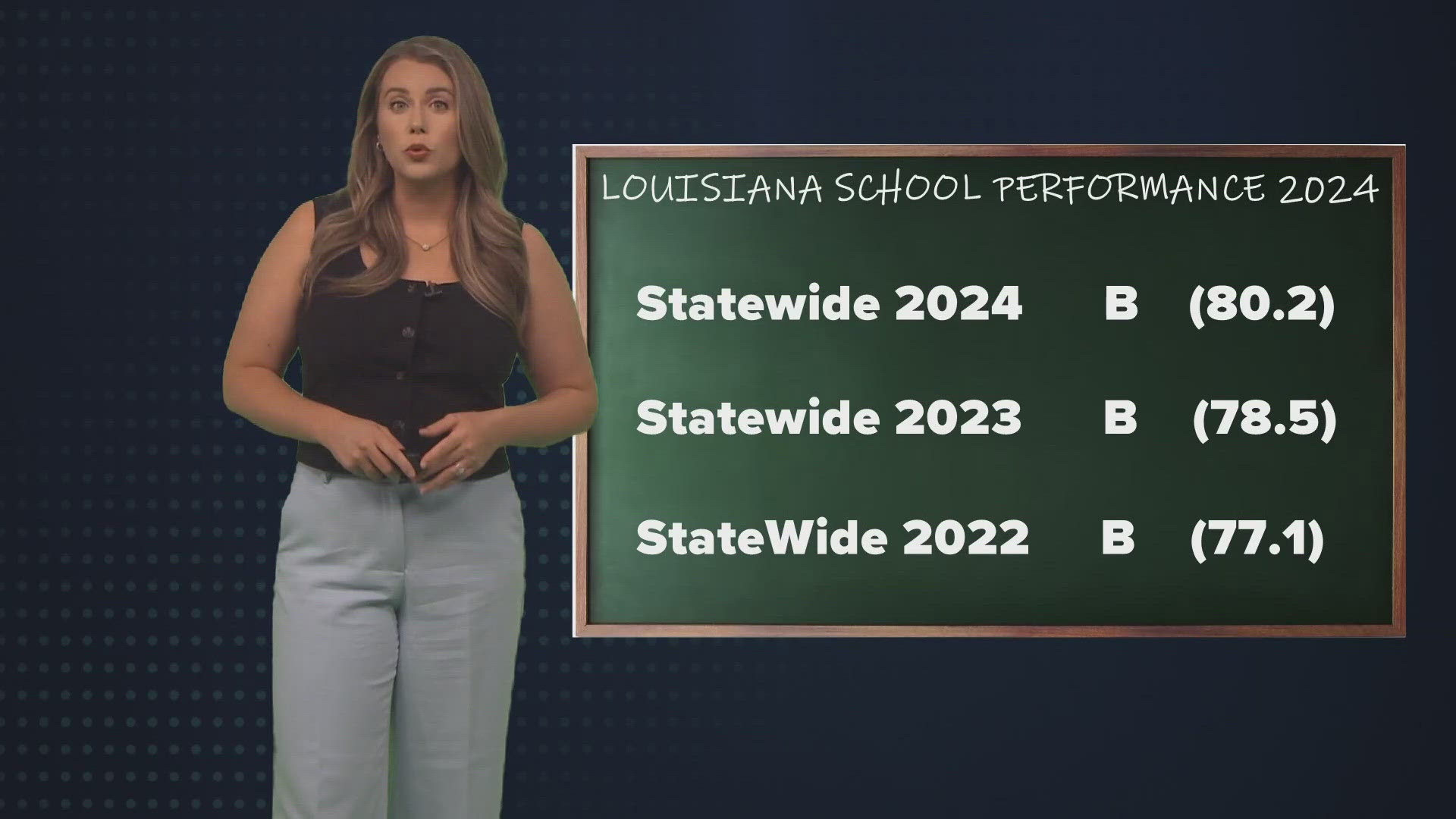BRANDON, Fla. — Floridians recovering from Hurricane Milton spent much of Saturday searching for gas, with lines snaking around stations as a fuel shortage gripped the state.
In St. Petersburg, scores of people lined up at a station that had no gas, hoping it would arrive soon. Among them was Daniel Thornton and his 9-year-old daughter Magnolia, who arrived at the station at 7 a.m. and were still waiting four hours later.
“They told me they have gas coming but they don’t know when it’s going to be here,” he said. “I have no choice. I have to sit here all day with her until I get gas.”
Gov. Ron DeSantis told reporters Saturday morning that the state opened three fuel distribution sites and planned to open several more. Residents can get 10 gallons (37.85 liters) each, free of charge, he said.
“Obviously as power gets restored ... and the Port of Tampa is open, you’re going to see the fuel flowing. But in the meantime, we want to give people another option,” DeSantis said.
Officials were replenishing area gas stations with the state's fuel stockpiles and provided generators to stations that remained without power.
The fuel shortage comes as residents, many of whom fled hundreds of miles to escape the hurricane, were journeying home on crowded highways.
Disaster hits twice
Those who reached home were assessing the damage and beginning the arduous cleaning process. Some, like Bill O’Connell, a board member at Bahia Vista Gulf in Venice, had thought they were done after Hurricane Helene.
“Every single unit that’s on the first floor that’s not elevated above a parking garage has been flooded out twice now,” O’Connell said. “And they’ve got to start the whole process over — cleaning, sanitizing, bringing in drying equipment, getting them all dried and prepped for renovations.”
After Helene, the condo association hired companies to gut, treat and dry the units and rebuild their beach. Hurricane Milton undid that work and caused additional damage, O’Connell said.
“It reflooded everything that was already flooded, brought all the sand back on our property that we removed,” O’Connell said. “And also did some catastrophic wind damage, ripped off many roofs and blew out a lot of windows that caused more damage inside the units.”
In Bradenton Beach, Jen Hilliard used a shovel to scoop up wet sand mixed with rocks and tree roots and dumped the mixture into a wheelbarrow.
“This was all grass,” Hilliard said of the sandy mess beneath her feet. “They’re going to have to make 500 trips of this.”
It wasn’t even her house. The seafoam green home a block from the shore in Bradenton Beach belongs to friends Hilliard first met in Colorado. Hilliard’s family lives further inland and weathered both Helene and Milton just fine.
Furniture and household appliances sat outside the rental house alongside debris from interior drywall that was removed after Helene sent several feet of storm surge into the house. Inside, walls were gutted up to 4 feet (1.2 meters), exposing the beams underneath.
Hilliard, who moved to Florida six months ago, said she was happy to pitch in and help.
“You roll with the punches,” she said. “Community is the best part, though. Everybody helping each other.”
Milton killed at least 10 people after it made landfall as a Category 3 storm, tearing across central Florida, flooding barrier islands and spawning deadly tornadoes. Officials say the toll could have been worse if not for the widespread evacuations.
Overall, more than a thousand people had been rescued in the wake of the storm as of Saturday, DeSantis said.
Property damage and economic costs in the billions
On Sunday, President Joe Biden will survey the devastation inflicted on Florida’s Gulf Coast by the hurricane. He said he hopes to connect with DeSantis during the visit.
The trip offers Biden another opportunity to press Republican House Speaker Mike Johnson to call lawmakers back to Washington to approve more funding during their pre-election recess. It’s something Johnson says he won’t do.
Biden is making the case that Congress needs to act now to ensure the Small Business Administration and FEMA have the money they need to get through hurricane season, which stretches through November in the Atlantic.
DeSantis welcomed the federal government's approval of a disaster declaration announced Saturday and said he had gotten strong support from Biden.
“He basically said, you know, you guys are doing a great job. We’re here for you,” he said when asked about his conversations with Biden. “We sent a big request and we got approved for what we wanted.”
Moody’s Analytics on Saturday estimated economic costs from the storm will range from $50 billion to $85 billion, including upwards of $70 billion in property damage and an economic output loss of up to $15 billion.
Safety threats remain, including rising rivers
As the recovery continues, DeSantis has warned people to be cautious, citing ongoing safety threats including downed power lines and standing water. Some 1.4 million Floridians were still without power by Saturday afternoon, according to poweroutage.us.
National Weather Service Meteorologist Paul Close said rivers will “keep rising" for the next four or five days resulting in river flooding, mostly around Tampa Bay and northward. Those areas were hit by the most rain, which comes on top of a wet summer that included several earlier hurricanes.
“You can't do much but wait,” Close said of the rivers cresting. “At least there is no rain in the forecast, no substantial rain. So we have a break here from all our wet weather.”



